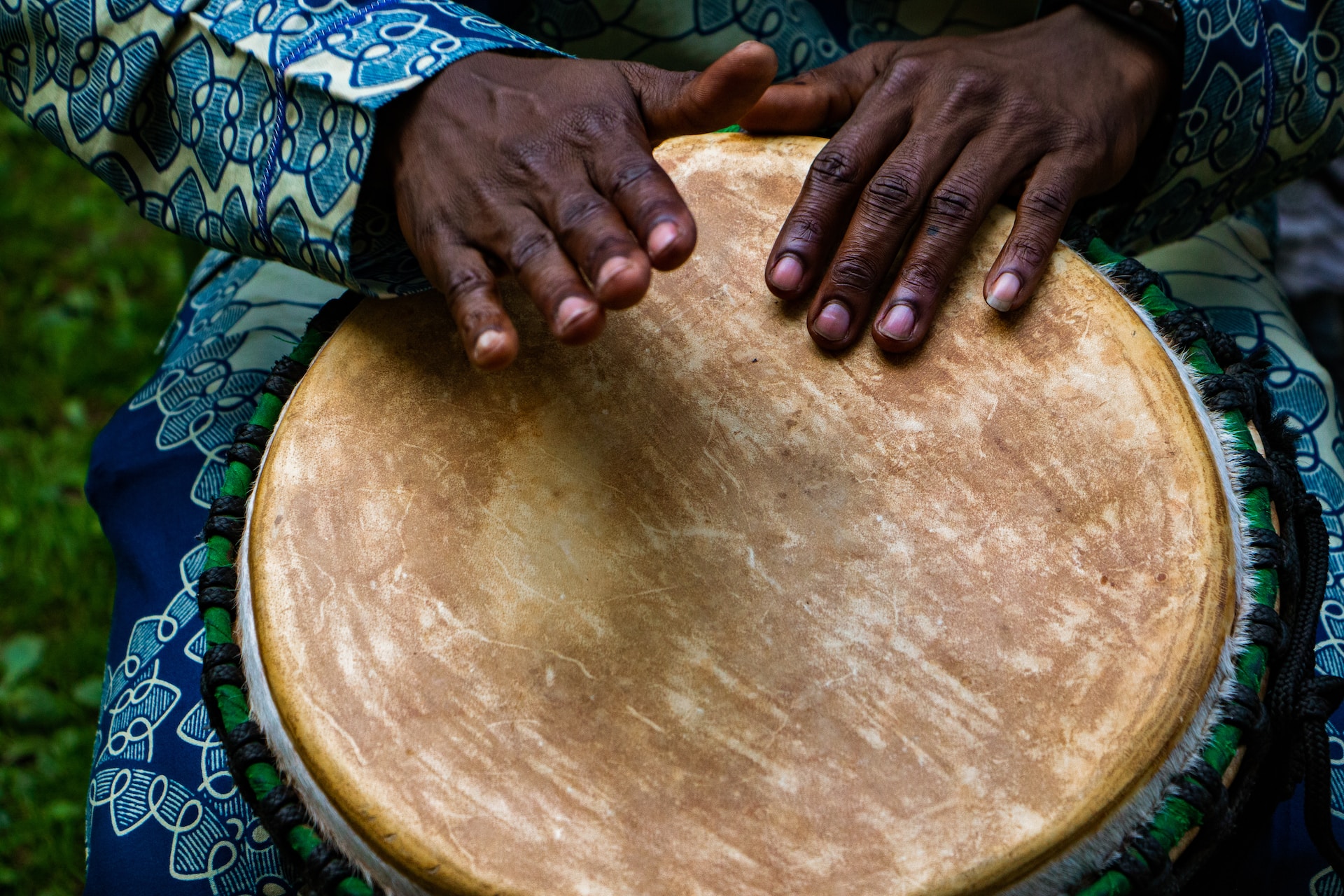Latin Americans have contributed many things to the world, but the region is most famous for two things: food and music. Probably one of the dishes many Americans are familiar with is salsa, as a catchall term that is used for sauces that spices up a meal. Salsa is a hot, savory, and tasty part of the Latin cuisine. That is why it seems like a proper term for a recognizable Latin sound, as well. Salsa music is a general term for upbeat and danceable Latin music that has a steady but distinct beat, also known as the clave. If you are a music lover, then salsa might be just the spice you need.
Origins of Salsa Music
Its complex rhythms, upbeat tempo, and lively lyrics make salsa music undoubtedly Latin. The most obvious candidate to claim salsa as their own in Cuba, which happens to be the epicenter of Latin musical traditions that mixes African rhythms with European melodies. But Cuban artists tend to reject the idea of salsa as a genre of music. So, if not Cuba, where did salsa music come from?
The answer to that question is most likely a country that is not often associated with Latin America but has interacted with Latin ideas for centuries: the United States. In fact, during the 1940s and 1950s, Cuban artists brought Afro-Cuban son music into the USA, and it developed a strong following. The Afro-Cuban son combined with traditions from African American jazz to create a Caribbean jazz sound, containing a stronger beat than most American jazz styles. This sound was embraced by artists across the Caribbean and the United States, especially among Puerto Ricans in New York.
Salsa is Born
In 1959, When Fidel Castro claimed control of Cuba and turned it into a socialist nation, it resulted in a trade embargo from the United States. Which means that Cuban musicians could no longer come to New York to record their music, and Americans could no longer travel to Cuba. The city’s Puerto Rican population quickly filled the vacuum in New York, created by the loss of Cuban musicians. In the 1960s, Puerto Ricans in both New York and Puerto Rico took the Cuban-inspired Latin jazz sound. They refined it, formally incorporating it within American jazz traditions while also bringing in their native sounds and ideas.
The result was a new style of music, one which bandleaders and radio DJs would start to call salsa, about its distinctive and lively sound. When a song was launched, the bandleader would shout ”¡Salsa!” to energize the crowd. No one knows exactly who started this practice, but it was probably meant only to liven up the crowd and encourage dancing. Towards the end of the 1960s, the word ”salsa” and the lively music became interchangeable. Artists like Willie Colón, Héctor Lavoe, and Celia Cruz made salsa an internationally recognized genre, and its popularity has only continued to grow.
Salsa Music and Instruments
Just like jazz music, salsa music disobeys stringent definition. The music originated from Afro-Cuban roots that were interpreted by New York Puerto Ricans. Still, as time passed, it spread back across Latin America, and there it started to be re-interpreted by people all across the country.
But what defines salsa as a music genre? Well, for starters, the most definitive trait of this genre is its basic rhythm, which they call the clave. This features a two-measure beat that is in 4/4 time of 1-2-3, 1-2. This two-measure beat creates a somewhat alternating pattern of strong and weak measures that creates a pulsating and driving sensation, which makes salsa so danceable.
But to achieve this sound, you need to use the right instruments. Salsa music is just like many forms of Latin music, and it is defined by percussion. This music genre ensembles often have two to three times as many percussionists as any other instrument.
There is no single set of instruments found in all salsa music, but here are some examples of the common ones. Congos and bongos serve as the drums, and they are beaten with the hands, which can fun to watch just like it is to hear. Another instrument is called the guiro, and it is a hollow, notched gourd that played by running a stick across the notches to create a rhythmic trill. Various shakers are from maracas, just like tambourines to bells, and this instrument gives a bright and active texture to salsa music. Of course, no percussion ensemble is complete without a set of wooden sticks called the claves, which beat out the basic clave rhythm.
The brass, woodwind, and string instruments that may be added into the ensemble are ornamental, beautiful but unnecessary. Pianos are often included as well, mirroring the melodies of the vocality. However, at the end of the day, salsa is a conversation between the percussionists and the vocalist, who trade rhythms back and forth throughout the song. It’s a musical expression, unlike any other.
Conclusion
Salsa music is a unique genre of music, created by New York Puerto Ricans in the 1960s, strongly influenced by the Afro-Cuban son, African American jazz, and Puerto Rican musical traditions. The term was originally used to describe the lively and upbeat nature of New York Puerto Rican music, but it eventually became identifiable as a distinct genre. Salsa is most easily defined by its rhythm, based on the Latin beat called the clave. This beat is maintained by various percussion instruments, including wooden sticks, also called claves, which trade rhythms with the vocalist. Salsa is lively, upbeat, and danceable, adding a little sauce to the spice of life.
